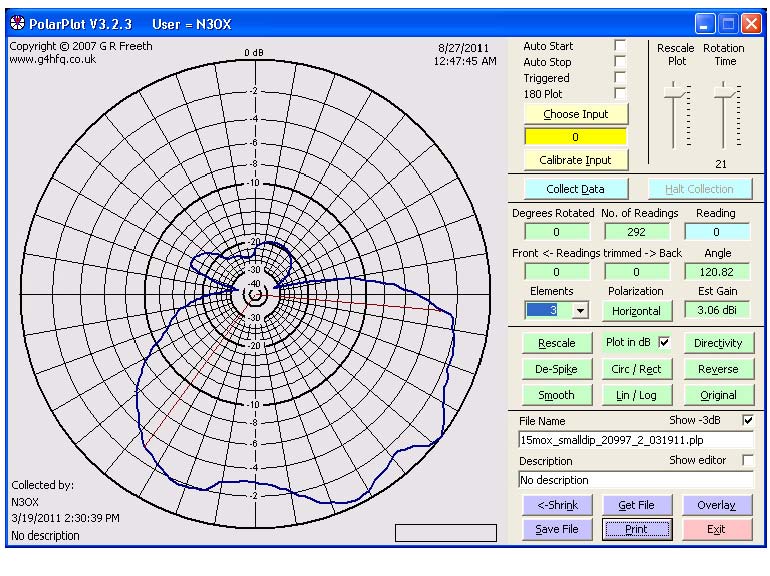

So, by using the tabulated data, the polar plot can be formed. Like from the above table, for ω = ω 1, M = M 1 and φ = φ 1 a point in the polar coordinate system is decided that represents M 1∠φ 1, hence, the point on the plot corresponds to the tip of the phasor of magnitude M 1 plotted at an angle φ 1.

The table is given below: Frequencyīasically, here each point on the polar plot is significantly plotted for each specific value of magnitude and phase angle for particular frequency ω. So, to construct a polar plot, the different values of magnitude and phase angle is tabulated and further, the sketch is formed. So, with the variation in ω from 0 to ∞, the values of M and φ can be determined.Īs we have already discussed in the beginning that polar plot is magnitude versus phase angle graph plotted for various values of ω. Suppose M represents the magnitude and φ denotes the phase angle, then for the transfer function of a system it is given as: So, in a polar plot, a sketch between the magnitude and phase angle of the transfer function G(jω) is formed for different values of ω. In the Bode plot, the frequency response is sketched using a logarithmic scale. These plots are known as magnitude plot (gain plot) and phase plot respectively. It is known to us that plotting frequency response signifies sketching the variations in the magnitude and phase angle with respect to the input frequency.


 0 kommentar(er)
0 kommentar(er)
